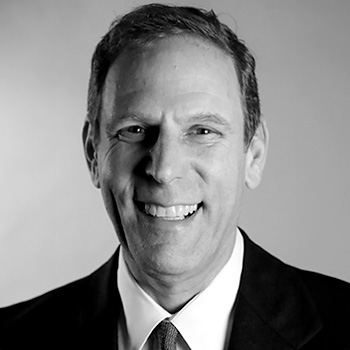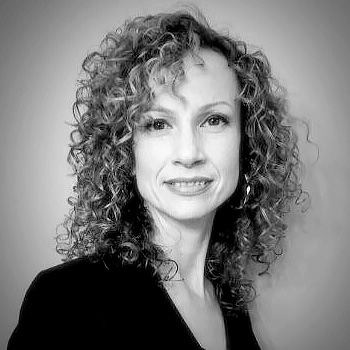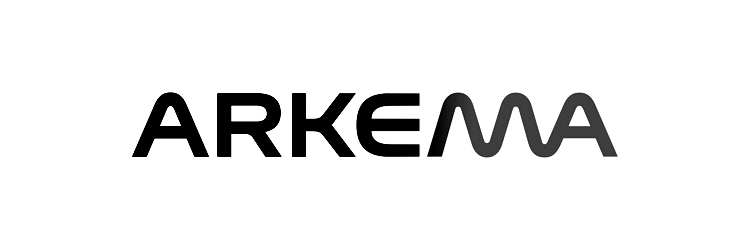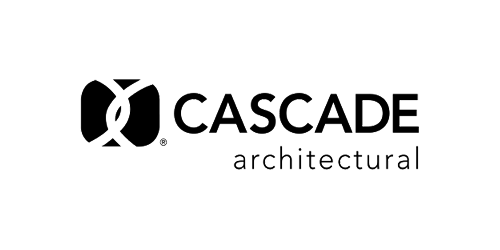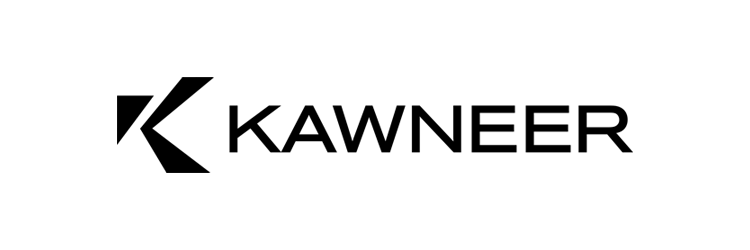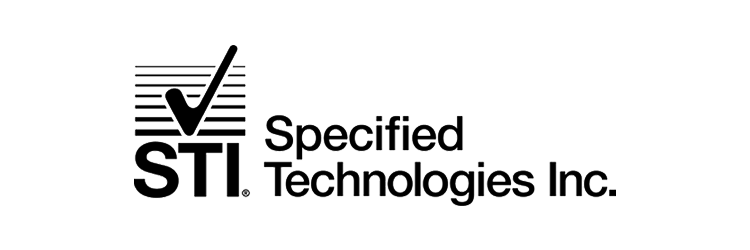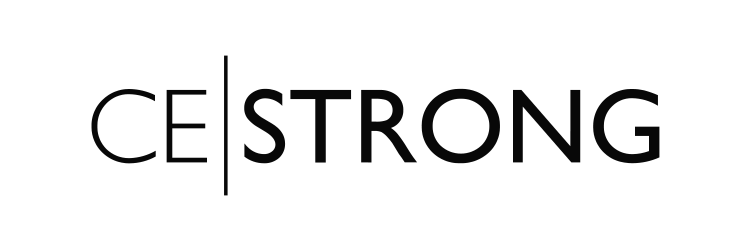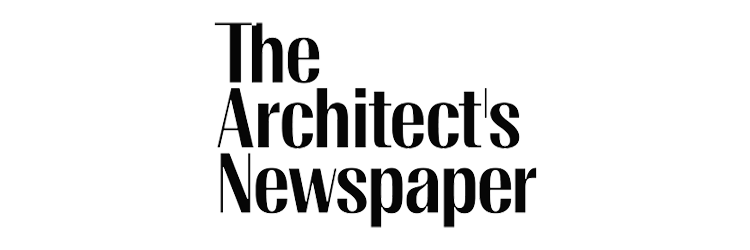Southeast
EVENT THEME
Detailing High-Performance Facades: Strategy, Specifications, and Advanced Cladding Materials
Today’s high-performance facade standards require the deft balancing of aesthetics, technical detailing, and the demands of the client and local building regulations. This workshop will discuss both material and technical solutions to meet those standards. Experts will be on hand to lead tutorials on the most recent innovations in rainscreen cladding, sealant solutions, and much more. Attendees will leave with a greater knowledge of material applications at the cutting-edge of energy performance and code compliance, all while learning of attractive solutions for clients and end users.
Agenda
10AM - 11AM
Credit type: 1 AIA HSW LU
Provider: STI Specified Technologies
This course provides a comprehensive overview of the latest developments in perimeter fire containment systems specifically for steel stud/exterior sheathing assemblies incorporating both EIFS and noncombustible rainscreen insulation. In today’s rapidly evolving and intricate world of exterior wall design, appreciating the intricacies of an evolving wall type is of paramount importance. By recognizing the distinctive challenges posed by these assemblies during the design phase, participants can proactively prevent costly changes, project delays, and potential compromises to life safety requirements prior to the construction.
Learning Objectives
- Recall recent updates and IBC code changes related to perimeter fire containment as tested per ASTM E2307.
- Explain how steel stud exterior wall assemblies are tested in accordance with ASTM E2307 and understand the significance of independent third-party published design listings for perimeter fire containment systems.
- Apply the knowledge of ASTM E2307 testing to evaluate the impact of fire on steed stud exterior wall construction and specific construction materials involved.
- Recognize the value of ASTM E2307 published listings in the context of the evolving and complex nature of curtain wall designs such as steel stud exterior wall assemblies.
11AM - 12PM
Credit type: 1 AIA HSW LU
Provider: Kawneer
Architectural Aluminum Framing systems provide consistent protection from flying debris during a hurricane event. Architects must select the correct systems for their projects based on governing codes, location, wind loads and building use category.
Learning Objectives
- Know how to evaluate and understand specific project requirements based upon the project location.
- Understand the performance requirements described in ASTM E1886 and E1996 along with TAS 201, 202 & 203, how requirements impact these systems and evaluating systems based upon the zone outlined in the standard.
- How to evaluate and follow a manufacturer’s impact tests when specifying a system and reviewing shop drawings.
- Identify the characteristics, features and benefits of impact tested systems.
12PM - 1PM
Credit type: 1 LU/HSW
Provider: Arkema
Building owners have come to rely on weatherable coatings to provide long-term protection to their buildings. With an increased focus on sustainability, performance, and durability, PVDF resin-based coatings can help architects and painting contractors exceed their clients’ design goals. This course covers the key components and functions of high-performance weatherable coatings and looks at how these coatings contribute to sustainable design.
Learning Objectives
- Describe the ways PVDF resin-based coatings, both water based and solvent based, provide a consistent, pristine appearance while achieving durability goals over a variety of substrates as demonstrated in applicable case studies
- Discuss why some coatings fail and the important considerations when selecting a coating system for an application, including weathering performance, longevity, and application method
- Discuss the standards of performance for architectural coatings and recognize why PVDF coating technology outperforms other coating technologies, and
- Explain how water-based PVDF coatings, by their chemistry and performance, can help design professionals and building owners achieve their sustainability goals.
1PM - 2PM
Credit type: 1 AIA HSW LU
Provider: Atlas Roofing
This webinar explores how strategic continuous insulation (CI) choices can alleviate the pressures on building enclosures & elevate building envelope performance, sustainability, durability, and life safety. Attendees will gain insights into NFPA 285 compliance, the role of CI in rainscreen systems, and key considerations behind insulation material selection. The course highlights key attributes for comparing insulation types—such as R-value, thickness, installation, and environmental impact—and suggests design opportunities using higher-performance products insulations. Through real-world assemblies and best practices, participants will learn how to simplify insulation choices across multiple applications to meet evolving codes, optimize wall assemblies, reduce thermal bridging, and even reclaim interior square footage. Discover how doing more with less supports design efficiency and construction practicality.
Learning Objectives
- Identify how insulation selection impacts NFPA 285 compliance and understand how different assemblies perform with various continuous insulation materials under varying environmental pressures.
- Evaluate sustainability attributes, installation efficiencies, and design flexibility of continuous insulation types for maximizing thermal performance and minimizing installation complexity.
- Explore rainscreen applications and determine critical design & installation considerations for integrating continuous insulation effectively across varied enclosure types.
- Dissect how high R-value insulation can reduce wall thickness, simplify attachment systems, and reclaim usable space within building envelopes.
2PM - 3PM
Credit type: 1 LU/HSW
Provider: Cascade Architectural
Architecture is light.” As Le Corbusier stated, indeed architects spend a lot of design time working with the dynamic interplay of natural and artificial lighting on to, and in to, their building’s surfaces, materials, and three-dimensional spaces to create a complete experience for building occupants. With variable light transmission and reflection qualities, coiled wire fabric has quickly become one of the most popular materials for incorporating light into buildings by offering unparalleled design flexibility and customization through an incredibly cost-effective and durable material option suitable for a wide range of interior and exterior applications. This course delves into the specifics of this versatile architectural metal mesh material and looks at the variety of ways that it can be used to enhance architecture through the use of light. Starting with an overview of the material, we then look at the ways it can be a means of control and enhancement of both natural daylight and electrical lighting. Further, we explore its use as a surface where still or moving imagery can be projected. Ultimately, it is the combination of design prowess, materials, and lighting that create beautiful, functional architecture as seen in examples cited.
Learning Objectives
- Identify and recognize the specific nature of coiled wire fabric with its abilities to impact lighting, ventilation, and well-designed healthy spaces.
- Assess the use of coiled wire fabric to control or enhance the use of sunlight to create improved indoor environments for the welfare of their occupants.
- Explain the options available for using electrical lighting, including low voltage or energy efficient LED lighting, for interior and exterior installations.
- Determine ways to use coiled wire fabric to receive projected imagery, both fixed and moving, for artistic or performance purposes.
